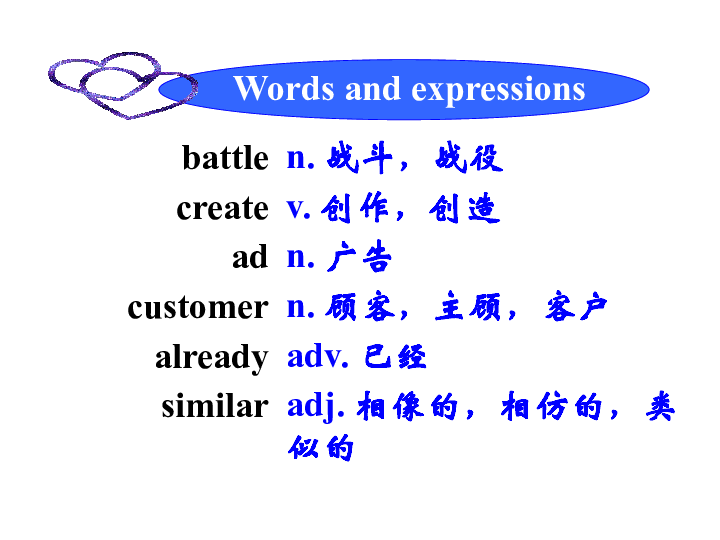Understanding How Much Does a Bridging Loan Cost: A Comprehensive Guide for Homebuyers
Guide or Summary:How Much Does a Bridging Loan CostFactors Influencing Bridging Loan CostsCalculating the Total Cost of a Bridging LoanHow Much Does a Bridg……
Guide or Summary:
- How Much Does a Bridging Loan Cost
- Factors Influencing Bridging Loan Costs
- Calculating the Total Cost of a Bridging Loan
How Much Does a Bridging Loan Cost
When considering the financial options available for purchasing a new property, many homebuyers and investors turn to bridging loans. However, one of the most common questions that arise is, "How much does a bridging loan cost?" This question is crucial as it helps potential borrowers understand the financial implications of taking out such a loan.
Bridging loans are short-term financing solutions designed to bridge the gap between the purchase of a new property and the sale of an existing one. They are typically used in situations where quick access to funds is necessary, such as buying a new home before selling the current one. While they can be an effective financial tool, it's essential to be aware of the costs involved.
Factors Influencing Bridging Loan Costs
The cost of a bridging loan can vary significantly based on several factors. Understanding these factors can help you better estimate how much you may need to pay. Here are some key elements that influence the overall cost:
1. **Interest Rates**: Bridging loans typically come with higher interest rates compared to traditional mortgages. The interest rates can range from 0.5% to 2% per month, depending on the lender, the borrower's creditworthiness, and the loan amount. It's essential to shop around and compare rates from different lenders to find the best deal.

2. **Fees and Charges**: In addition to interest, borrowers may incur various fees when taking out a bridging loan. These can include arrangement fees, valuation fees, and legal fees. Arrangement fees, often a percentage of the loan amount, can be substantial and should be factored into your overall cost calculations.
3. **Loan Duration**: The length of time you need the bridging loan will also affect the total cost. Since these loans are short-term, the longer you hold the loan, the more interest you will pay. It's crucial to have a clear plan for repaying the loan to minimize the duration and, consequently, the cost.
4. **Property Value and Equity**: The value of the property being used as collateral can impact the loan-to-value (LTV) ratio, influencing the interest rate and fees. Lenders may offer more favorable terms for properties with higher equity.
Calculating the Total Cost of a Bridging Loan
To get a clearer picture of how much a bridging loan will cost you, it's helpful to perform a cost calculation. Start by determining the loan amount you need and the interest rate offered by the lender. For example, if you require a £100,000 loan at an interest rate of 1% per month and plan to hold the loan for six months, your interest cost would be:

- Interest = Loan Amount x Interest Rate x Loan Duration
- Interest = £100,000 x 0.01 x 6 = £6,000
Next, add any associated fees. If the arrangement fee is 2% of the loan amount, that would be an additional £2,000. Therefore, the total cost of the bridging loan would be:
- Total Cost = Interest + Fees

- Total Cost = £6,000 + £2,000 = £8,000
In conclusion, understanding how much a bridging loan costs is vital for anyone considering this financing option. By taking into account interest rates, fees, loan duration, and property value, you can better assess whether a bridging loan is the right choice for your financial situation. Always consult with financial advisors or mortgage specialists to ensure you make informed decisions that align with your financial goals.